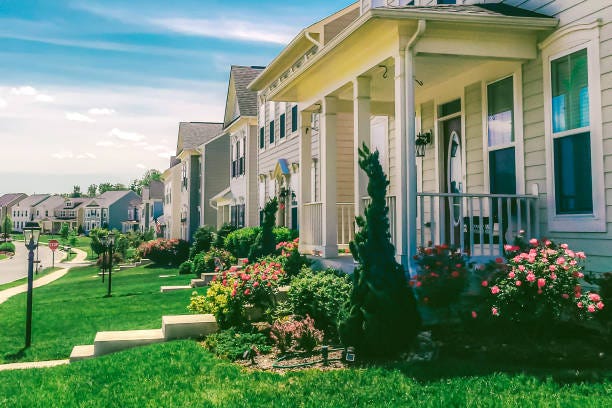How Should Suburbs Handle Redevelopment?
There's a choice between turning non-existent urbanism into actual urbanism, and bad urbanism into something better.
Rows of detached single-family homes in Fredericksburg, VA, south of Washington, DC. Not your typical big-lot sprawl development, but not quite urban in form either. Source: gettyimages.com
A question for urbanists. When considering the future of the nation’s metro areas, should we focus on making marginally urban areas, like inner ring suburbs, into sol…
Keep reading with a 7-day free trial
Subscribe to The Corner Side Yard to keep reading this post and get 7 days of free access to the full post archives.

